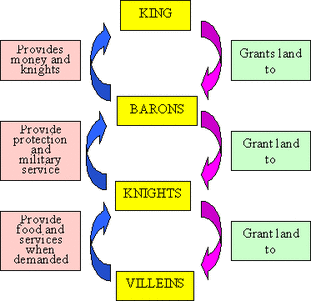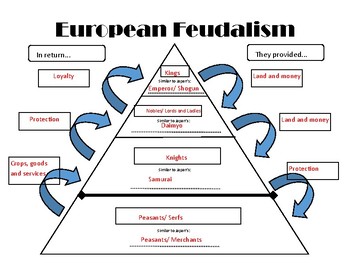
communication, and we can study gestures as a sub-system within the larger system of symbolic communication. Verbal and written communication inspired trust as well as symbolic. In accordance with general questions of social cohesion in the Middle Ages, the main focus of this article is on forms of communication which enabled people to rely on one another. It is only very recently that historians have started to become interested in trust as a key to understand the structures of medieval society. The Englishing of the Bible after Tyndale is traced through a process of editing, defining, layering and expanding previous texts which culminated in the production of the King James Bible of 1611. William Tyndale's position as reformer and translator of the scriptures is contrasted with that of the Wycliffites in respect of available source texts, distribution in the form of relatively inexpensive printed books and a literate potential readership. The Humanist element comes into sharper focus with a discussion of the rise of Greek studies and of the effect of the redefinition of the source text in the form of Erasmus's Greek New Testament. The study of the progress of the vernacular at this point becomes a study of the development of English prose and includes an account of Pecock's works and the contemporary perspective of Thomas More. The inheritance of translation theory, the mystical tradition and the theories of authority and authorship are discussed as a background to the Wycliffite translation of the Bible. The early development of the vernacular from Bede to Aelfric begins the study of the process of Englishing the wealth of medieval translations from the Conquest to Rolle continues it.

It takes into account the problems of retrospective assessment and the danger of attempting to impose modern values on pre-conquest and medieval prose.

It hopes to set the Englishing of the Bible into a linguistic and literary context as well as a religious and political one. It offers the idea that the first complete translation of the Bible into English in the 1380's was not a sudden and short-lived political gesture, but the natural progression of a process which began in Anglo-Saxon times, continued through the Middle Ages and culminated in the definitive 1611. This thesis aims to open up a new perspective an the translation of the Bible into the vernacular. The tie was traditionally established on a deeply personal basis: man to man (the vassal was the "man" of his lord), hand to hand (the vassal placed his hands between those of his lord), and face to face (the ceremony of homage was sealed with the kiss of peace). All these ritualized gestures pointed to a personal, intimate bonding between lord and vassal. a banner, a branch) as a token of granting possession of land.

The ritual included: the public declamatio of the vassal's wilful subordination to his lord, the clasping of paired hands (immixtio manum), the kiss of friendship (osculum), the solemn oath sworn on relics or on the Bible, the investiture of the fief and handing of a symbolic object (e.g. hominium) which consisted of several formalized gestures that were performed by the aspiring vassal in front of his future lord and attendees. "Commendation, as a solemn contract in an age when the legal niceties were rarely observed, was soon symbolised in the ceremony of homage, an outward and visible sign of the relationship of the two parties." (Barber 1974:23) Thus, central to the feudal system was the ritual of homage (Lat. The person receiving the fief would become the lord's vassal and swore loyalty and obedience to him in a commendation ceremony performed publicly. In exchange for military protection and other feudal services, a landowner or lord granted a piece of land called a fief (Lat.

féodalité) generally applied to the Early Middle Ages and described a hierarchy of power in which land constituted the principal form of wealth and provided the basis for political and social orders as well as economic structures.


 0 kommentar(er)
0 kommentar(er)
